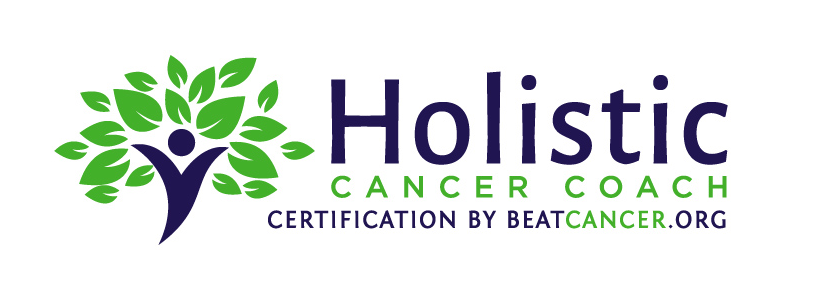Safer Sunscreens
/It’s no secret that the sun provides all sorts of health benefits, including helping our bodies manufacture vitamin D. With beach season right around the corner, though, many people are looking for the best sunscreens to cut their risk of sun overexposure, sunburns, and possibly skin cancer.
Back when we spent lots of time at the beach, I had a system for applying sunscreen to the babies. Coated them up completely while naked, then let them put on their suits. As they got older and presumably more responsible they took on that job. I remember the Easter/spring break when “daughter unit” said “I’m old enough to do this myself, Mom.”
Actually, she did a great job covering her body in sunscreen—she just forgot her face. She spent Easter Sunday in bed, with cold packs, and Aloe gel on her face. That was a bad burn. But we live and learn.
Today when traveling to the beach or pool, I see lots of Moms spraying their children with sunscreen. I have to say, that in observation, most of it is blowing in the wind. Did you know that pediatricians and dermatologists specifically advise against spraying? The propellants used to make the spray are extremely toxic to the lungs. And more importantly, I don’t want to breathe your secondhand sunscreen. It’s nasty.
A Toxic Brew
It’s second nature for most of us to apply sunscreen before long days spent in the sun, or even on a daily basis, to protect our skin from sunburn, premature aging, and skin cancer, but have you ever really stopped to look at what’s in the stuff? Ingredients like oxybenzone, homosalate, and octinoxate are ubiquitous. These chemicals work by absorbing UV light, but they also penetrate the skin, enter the bloodstream (and in some cases, breast milk), and act as endocrine disrupters, interfering with normal hormone function. (An endocrine disrupter messes with your hormones, causes weight gain, early puberty, and “man boobs.”)
These chemicals can also create damaging free radicals in the skin—the very thing they are supposed to protect us from. There is a better choice. Mineral-based sunblock utilizes titanium dioxide and zinc oxide, two FDA-approved sunscreen ingredients that block both UVB and UVA rays, do not enter the bloodstream, do not have hormone-disrupting properties, and do not create free radicals. They work by reflecting UV rays away from the skin, preventing them from penetrating the skin in the first place.
Did you know that sunscreen manufacturers can make advertising claims unsupported by mandatory testing? Claims like “all day protection,” “waterproof,” and “sweatproof” mean nothing.
More important than seeking out ultra-high SPF products is that you apply your sunscreen generously—the average adult requires approximately 2 tablespoons (about a shot glass worth) to adequately cover the body. Reapply every two hours or after sweating, swimming, or towel drying.
All Sunscreens Are Not Created Equally
In fact, a spring 2016 report from Environmental Working Group (EWG) found that 72 percent of sunscreens tested contain harmful ingredients or inadequate sun protection. This is EWG’s 10th annual Guide to Sunscreens report, and the results show that while there have been major improvements over the last decade, the vast majority of sunscreens available for purchase in the U.S. still contain toxic chemicals or fail to offer enough protection against ultraviolet rays.
It’s important to note that there is no perfect sunscreen. Many contain harmful chemicals, and even mineral-based ones often contain nanoparticles, minute ingredients that can cross the blood-brain barrier and also harm aquatic life. EWG rated 750 sunscreens, more than 500 SPF-labeled moisturizers and 100 lip products based on safety and how well they actually worked, helping consumers find (while not perfect) better options.
Toxic Sunscreens to Avoid
EWG focused even more closely on children’s sunscreens this year, in part because children are more susceptible to certain toxic chemicals during development and because blistering sunburns early in life can lead to an increased risk of skin cancer down the line. While other brands received low scores, EWG specifically called out the following brands because they earned the worst scores.
Worst Sunscreens for Kids
- Banana Boat Kids Max Protect & Play Sunscreen Lotion, SPF 100
- Coppertone Water Babies Sunscreen Stick, SPF 55
- Coppertone Sunscreen Continuous Spray, Kids, SPF 70
- Coppertone Sunscreen Lotion Kids, SPF 70+
- Coppertone Foaming Lotion Sunscreen Kids Wacky Foam, SPF 70+
- Coppertone Water Babies Sunscreen Lotion, SPF 70+
- CVS Baby Sunstick Sunscreen, SPF 55
- CVS Kids Wet & Dry Sunscreen Spray, SPF 70+
- Equate Kids Sunscreen Stick, SPF 55
- Hampton Sun Continuous Mist Sunscreen For Kids, SPF 70
- Neutrogena Wet Skin Kids Sunscreen Spray, SPF 70+
- Neutrogena Wet Skin Kids Sunscreen Stick, SPF 70+
Sunscreen should be used as a last resort. Sun-protective measures like hats, sunglasses, seeking shade, and avoiding peak sunlight for extended periods of time should be used before turning to sunscreen, and when you do choose sunscreen, make sure it’s one of the best sunscreens.
In my practice, after teaching about nutrient-dense, whole-food diets, hydration, and detoxification, there always seemed to be the question: “What do you use for sunscreen?” And I never had an answer that I felt confident with. Until now. I have personally tested this product on the white sands of the Florida Panhandle and the Caribbean beaches:
__________________________________________
Reference Lindsay Wilson for Natural Grocers
Reference Dr. Josh Axe
Reference EWG.org











